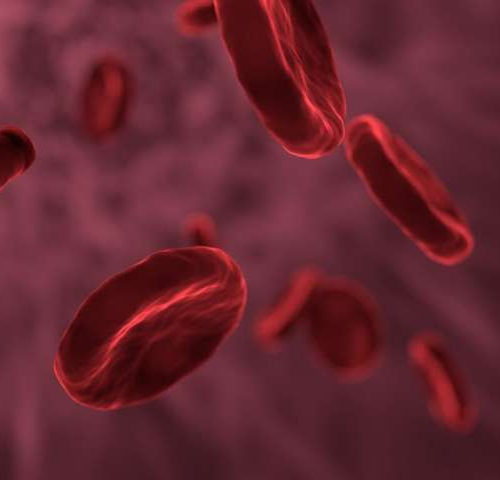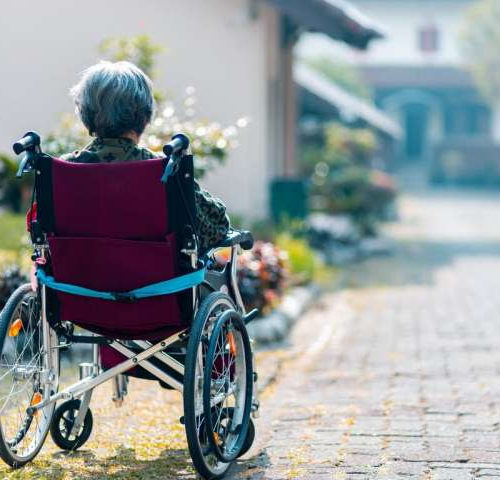Cells become senescent and cease replication in response to damage, a toxic environment, or reaching the Hayflick limit. Such cells near all self-destruct or are destroyed by the immune system. In later life, however, they begin to linger and accumulate. This is an issue, as the secretions of senescent cells are quite harmful when sustained over the long term, producing chronic...
Excessive Mitochondrial Point Mutations Do Not Lead to Obvious Metabolic Dysfunction
Every cell contains a herd of hundreds of mitochondria, organelles descended from ancient symbiotic bacteria. The primary purpose of mitochondria is to package the chemical energy store molecule adenosine triphosphate (ATP) that is needed to power cellular processes. Each mitochondrion contains one more copies of a small circular genome, the mitochondrial DNA. This mitochondrial DNA is unfortunately poorly protected and repaired in...
Michael Antonov Will Match the Next $600,000 of Donations to SENS Research Foundation in Support of their Important Work on Rejuvenation Therapies
Michael Antonov is one of a number of high net worth individuals who are interested in accelerating progress towards a first generation of comprehensive rejuvenation therapies, targeting all of the mechanisms of aging in order to cure age-related disease and extend healthy life spans. The SENS Research Foundation remains one of the most important organizations in this space, focused on the scientific advances...
Immune responses during embryo development could increase risk of schizophrenia
by Ingrid Fadelli , Medical Xpress Human Embryo. Credit: Ed Uthman, MD/Wikipedia Past research has often highlighted the effects that immune activation in pregnant women can have on the development of human embryos, for instance increasing the risk of a child developing psychiatric disorders later in life. The neural mechanisms underpinning these effects, however, remain largely unclear....
Researcher uses fruit for less toxic drug delivery
by University of Louisville UofL researchers have found a less toxic way to deliver medicines by using the natural lipids in plants, particularly grapefruit and ginger. The resulting intellectual property portfolio consisting of 12 patent families, invented by Huang-Ge Zhang, Ph.D., has been licensed to Boston-based Senda BioSciences, a Flagship Pioneering company. UofL’s technology is part of Senda’s...
Study reveals the impact of systemic inflammation on disease progression
by Johannes Angerer, Medical University of Vienna Credit: CC0 Public Domain Every year, liver cirrhosis is responsible for approximately 170,000 deaths in Europe and recent epidemiological data show Austria to be in second place in regard to prevalence of cirrhosis in Europe. Excessive alcohol consumption, poor dietary habits, and metabolic comorbidities are the most common causes...
Inflammation caused by bacterial infection puts brain stem cells on alert
by Association RUVID Credit: CC0 Public Domain A study directed by Isabel Fariñas and published in the journal Cell Stem Cell reveals that the inflammation produced by a bacterial infection alerts brain stem cells and prepares their activation for the production of new neurons. The study represents a new advance in the field of regenerative medicine. Tissues are...
Brain’s ‘speedometer’ could help solve part of dementia puzzle
by University of Exeter Credit: Unsplash/CC0 Public Domain Nearly one million people in the UK have dementia. People living with the most common form, Alzheimer’s disease, can experience difficulties working out where they are, meaning they often get lost even in familiar environments. New research funded by Alzheimer’s Research UK at the University of Exeter Medical School sheds new light...
One step closer to a for the side effects of monovision
by University of Pennsylvania The lab of neuroscientist Johannes Burge (above) focuses on how the human visual system processes the images that fall on the back of the eye. This line of work, closely related to a 100-year-old illusion called the Pulfrich effect, could have serious public safety and public health implications. Credit: University of Pennsylvania...
Healthier lifestyles may increase lifespan even in people with multiple chronic conditions
by Public Library of Science A very healthy lifestyle is associated with up to 6.3 years longer life for men and 7.6 years for women, regardless of the presence of multiple chronic conditions, according to a study published September 22 in the open-access journal PLOS Medicine by Yogini Chudasama of the University of Leicester, and colleagues. Credit: Yogini...










